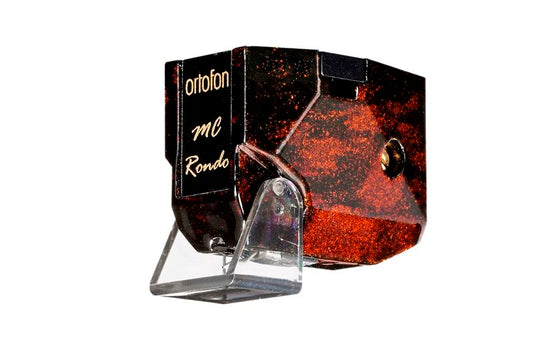MC Rondo Bronze Technical data
MC Rondo Bronze Technical data
Output voltage at 1000 Hz, 5cm/sec. - 0,5 mV
Channel balance at 1 kHz - 1 dB
Channel separation at 1 kHz - 25 dB
Channel separation at 15 kHz - 18 dB
Frequency range at - 3dB - 20-40.000 Hz
Frequency response - 20-20.000 Hz ±1,5 dB
Tracking ability at 315Hz at recommended tracking force - 90 µm
Compliance, dynamic, lateral - 15 µm/mN
Stylus type - Nude FG80 on tapered Aluminium cantilever
Stylus tip radius - r/R 5/80 µm
Tracking force range - 2-2,5 g (20-25 mN)
Tracking force, recommended - 2,3 g (23 mN)
Tracking angle - 20°
Internal impedance, DC resistance - 6 Ohm
Recommended load impedance - 10-200 Ohm
Cartridge body material - Grinded wood/Resin comp.
Wire material: Aucurum, a genuine copper wire with a two-layer gold plating
Cartridge colour - Bronze
Cartridge weight - 10,5 g



 Download MC Rondo series brochure
Download MC Rondo series brochure